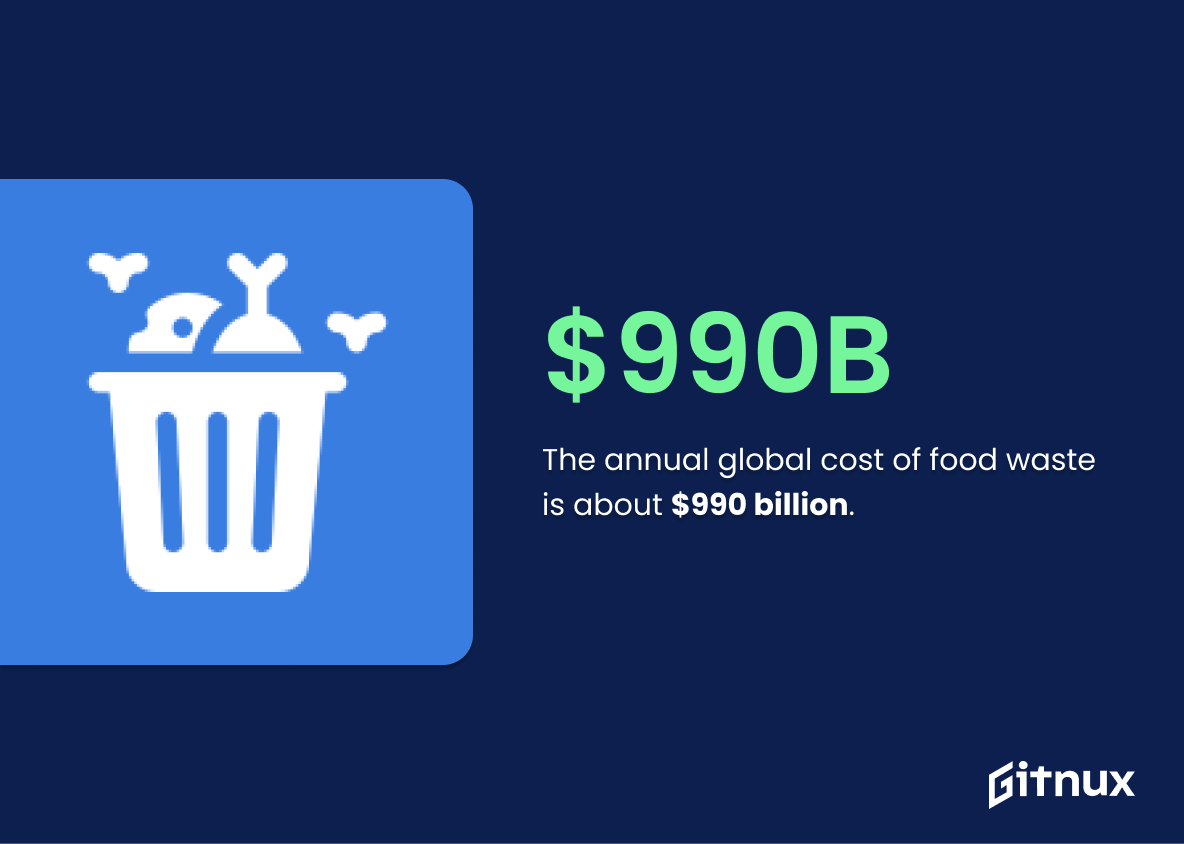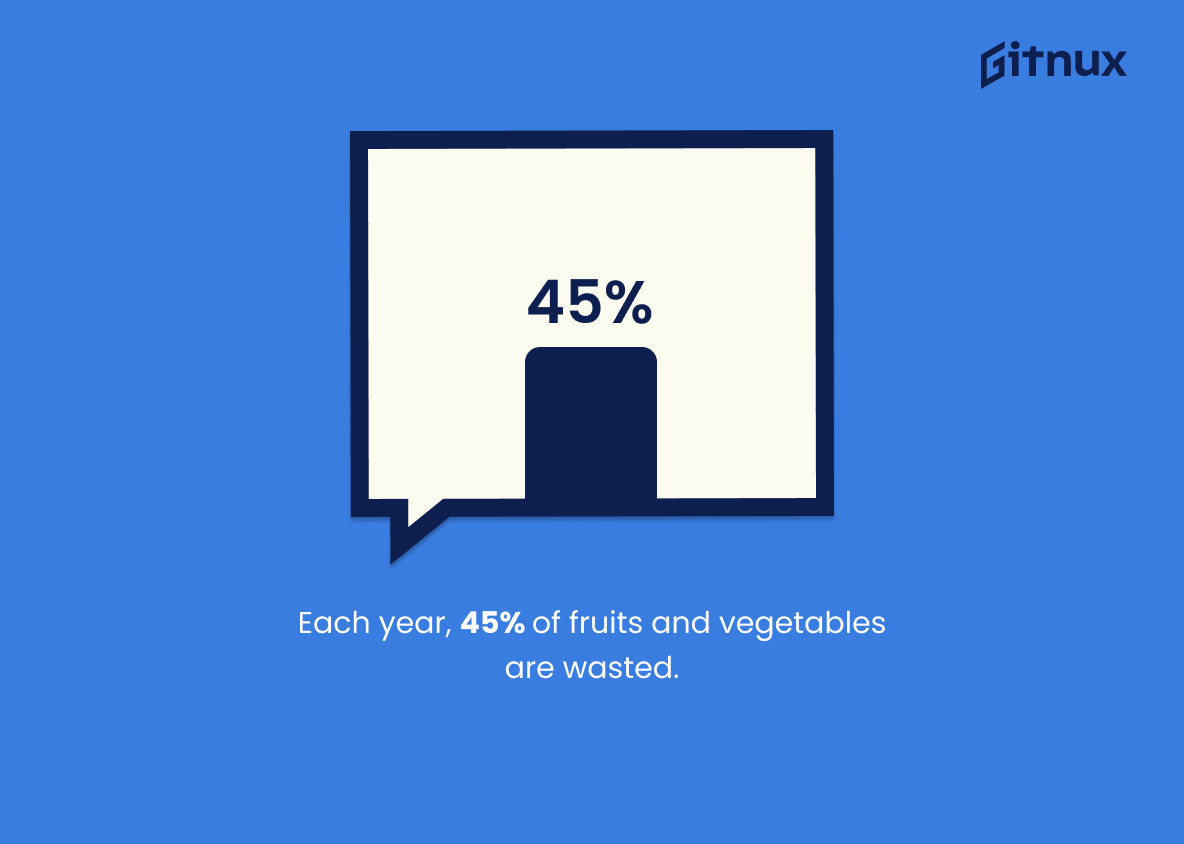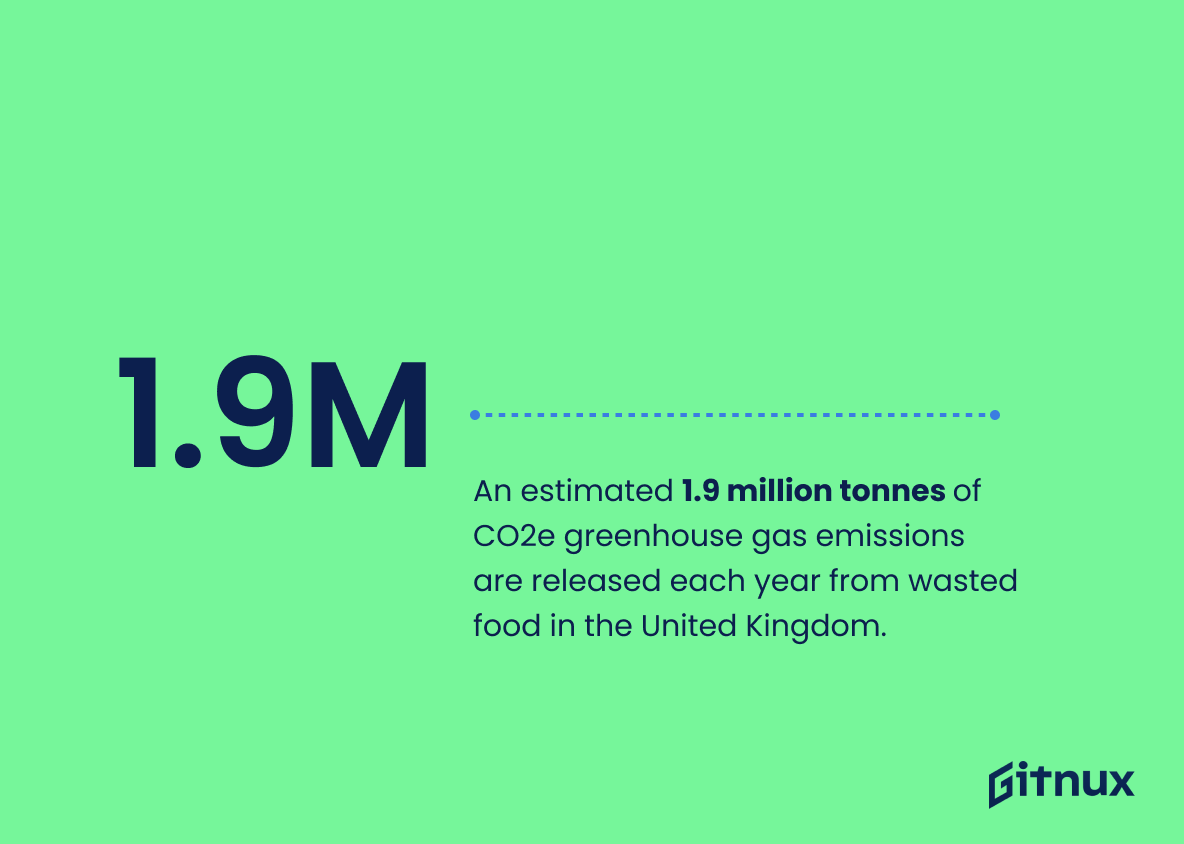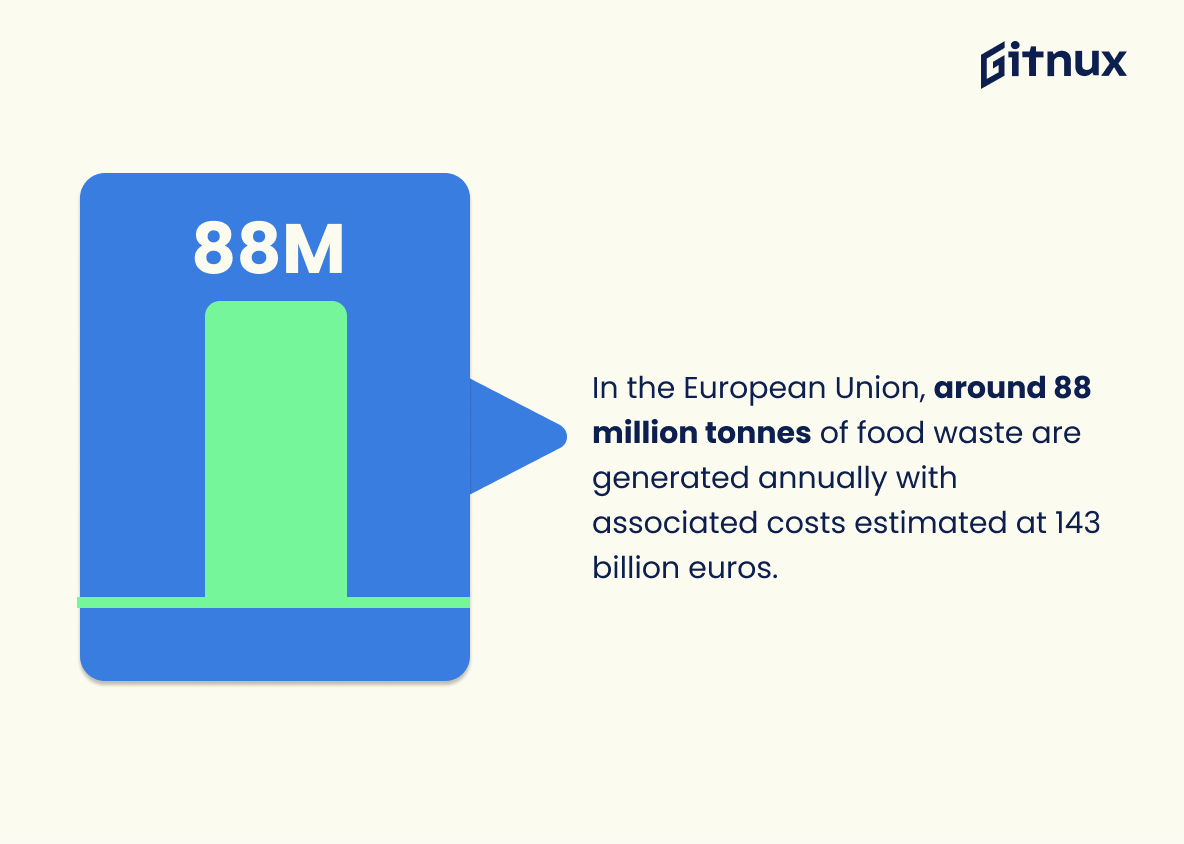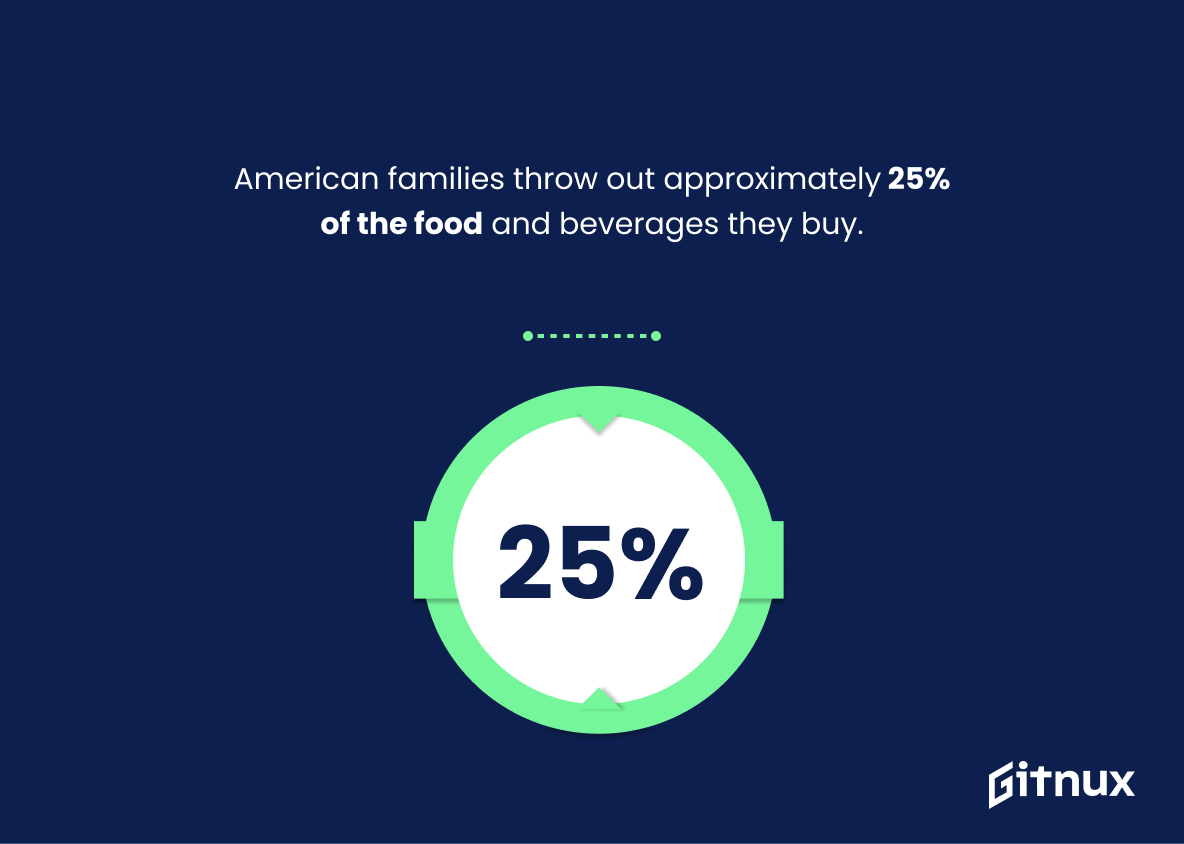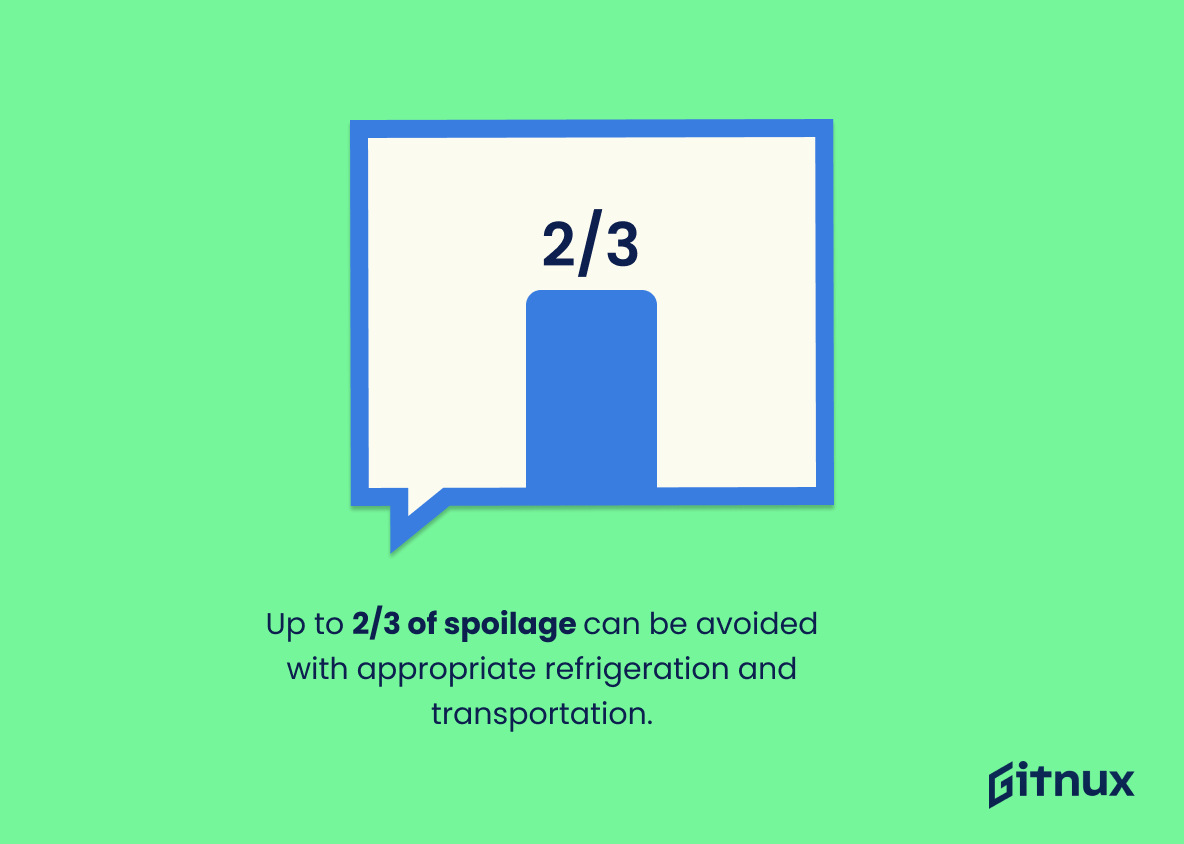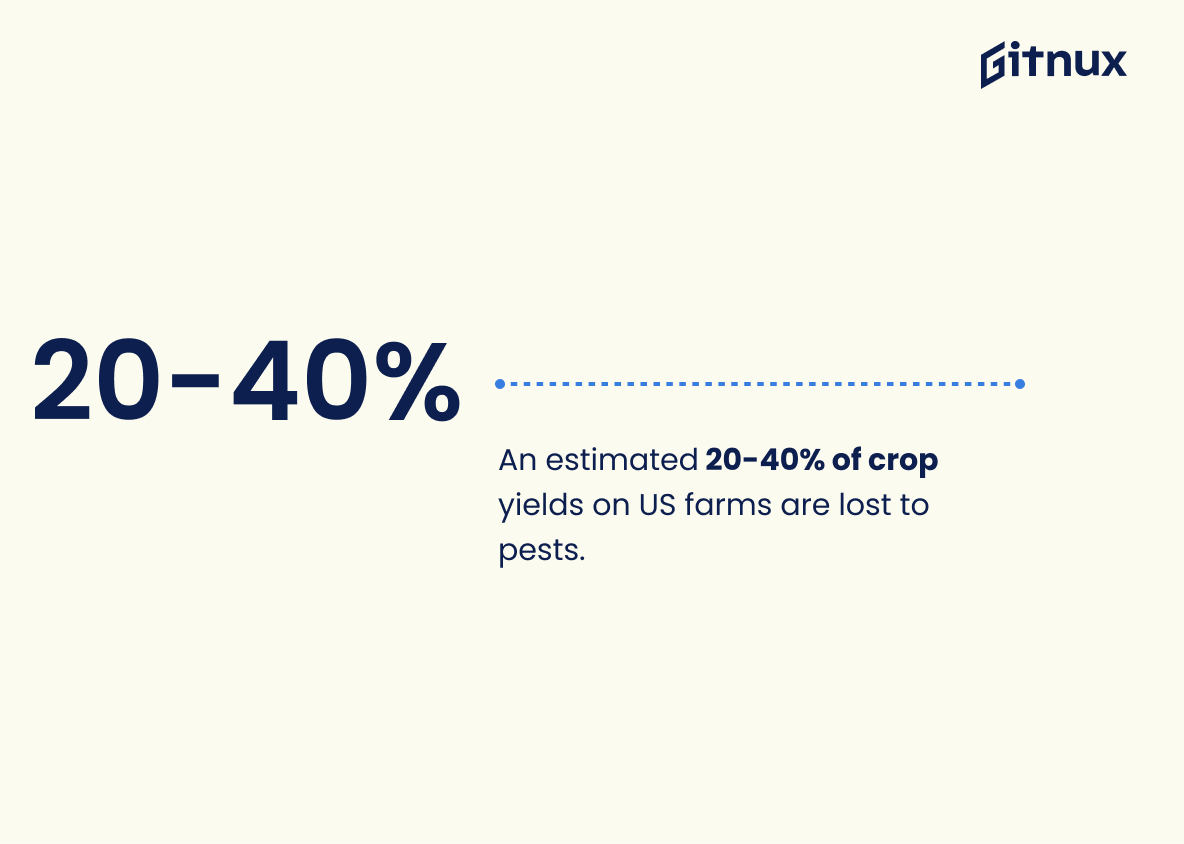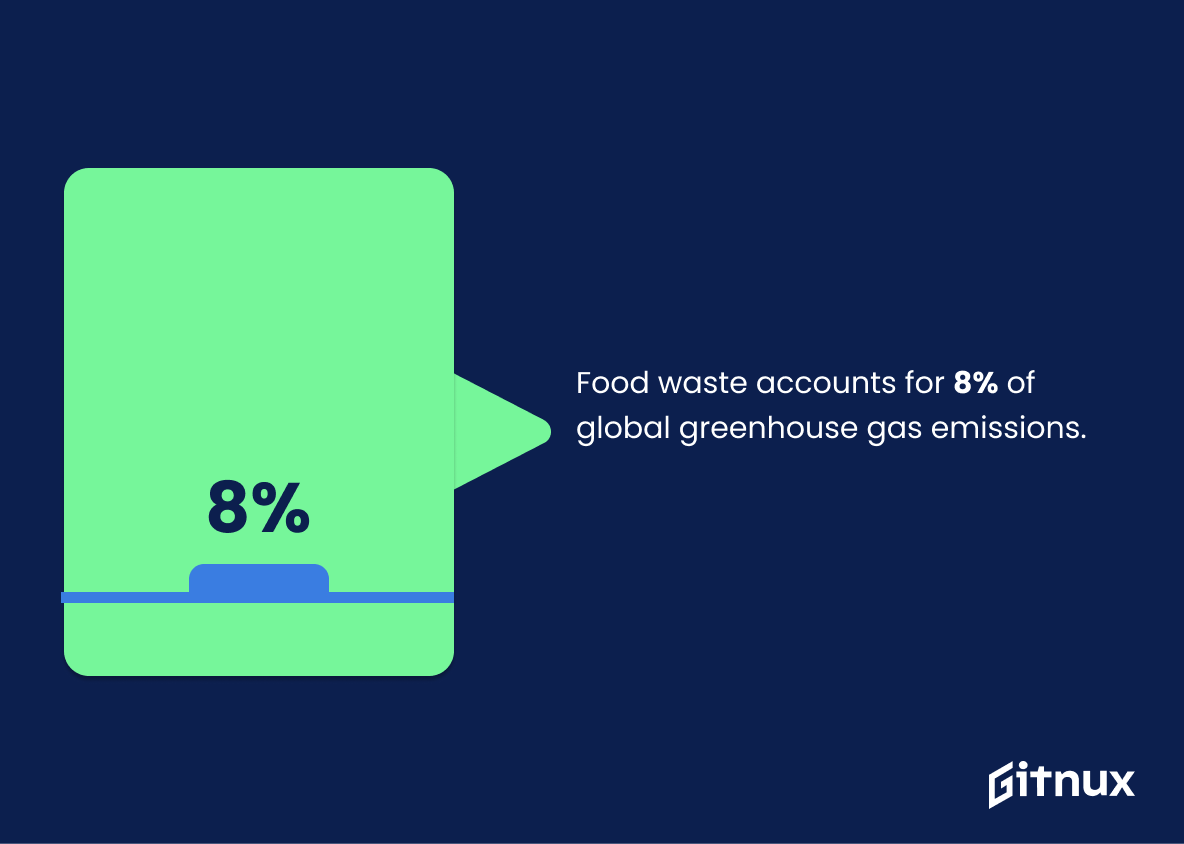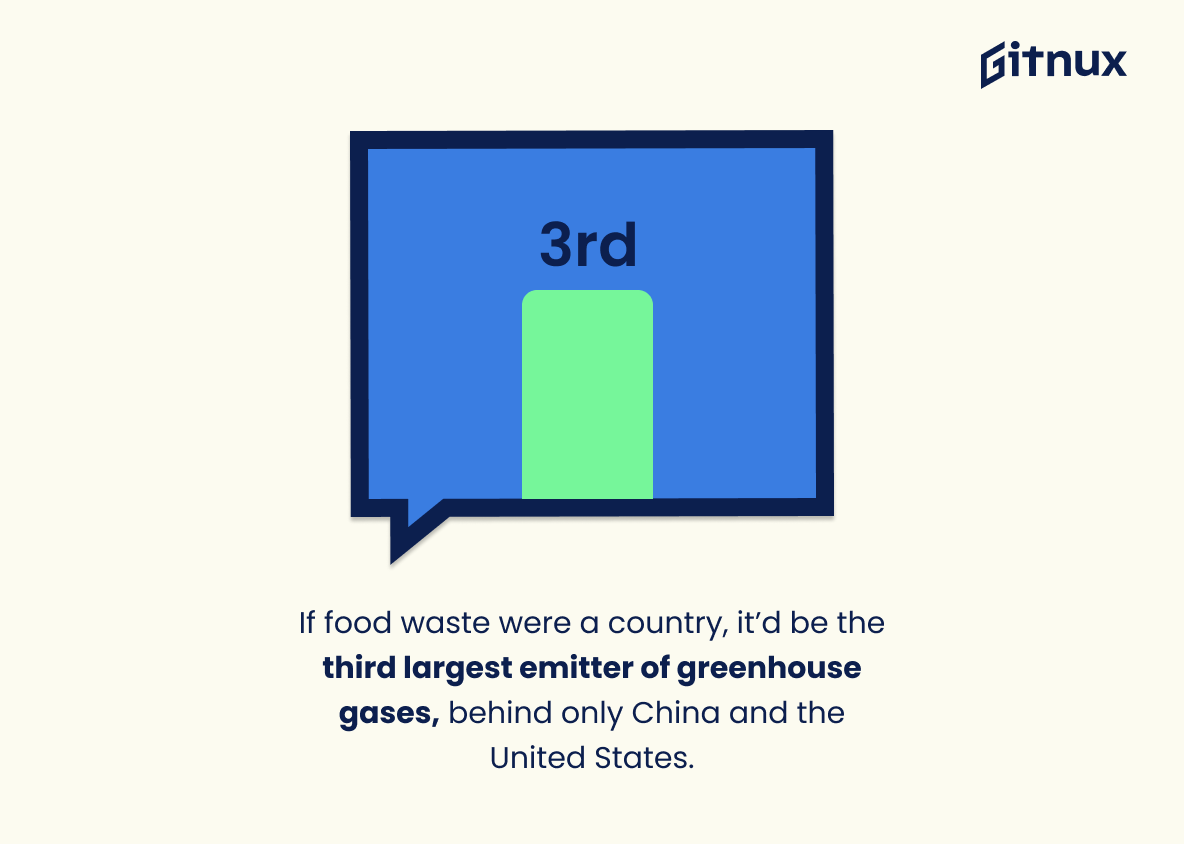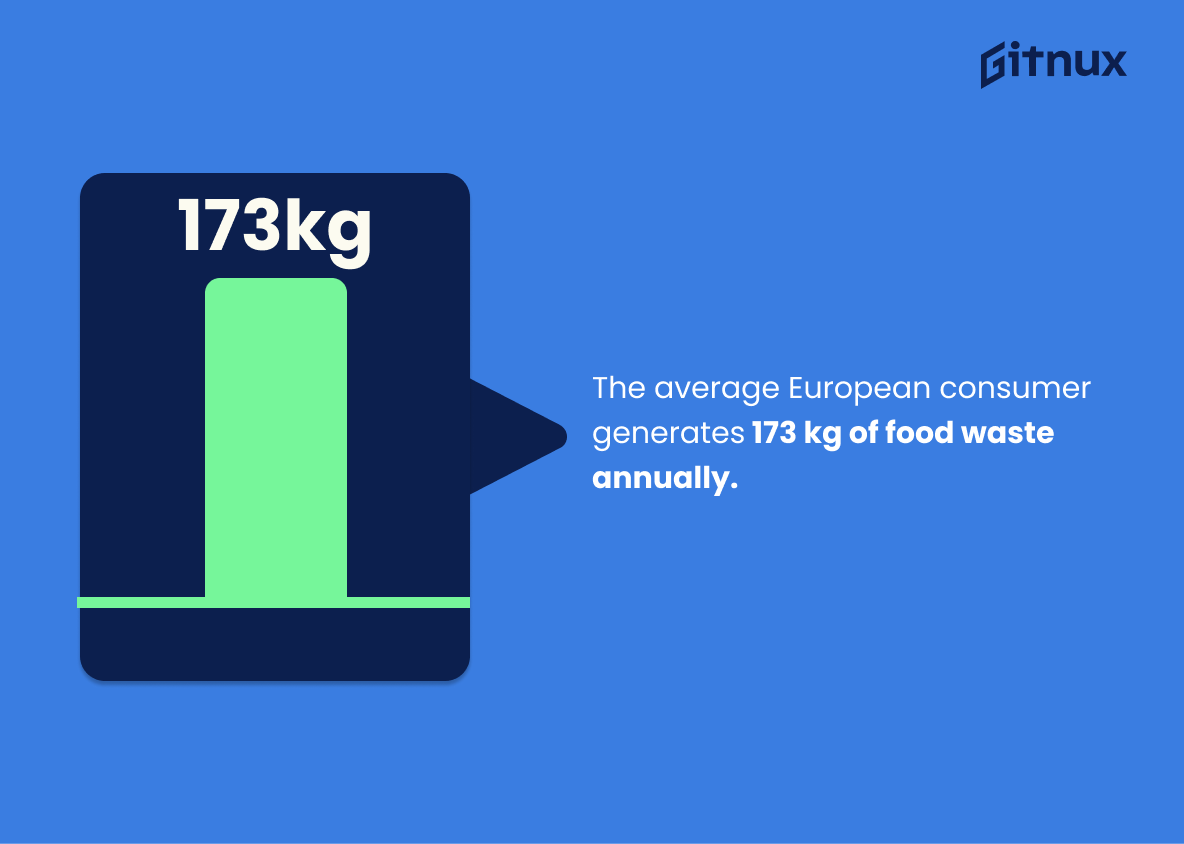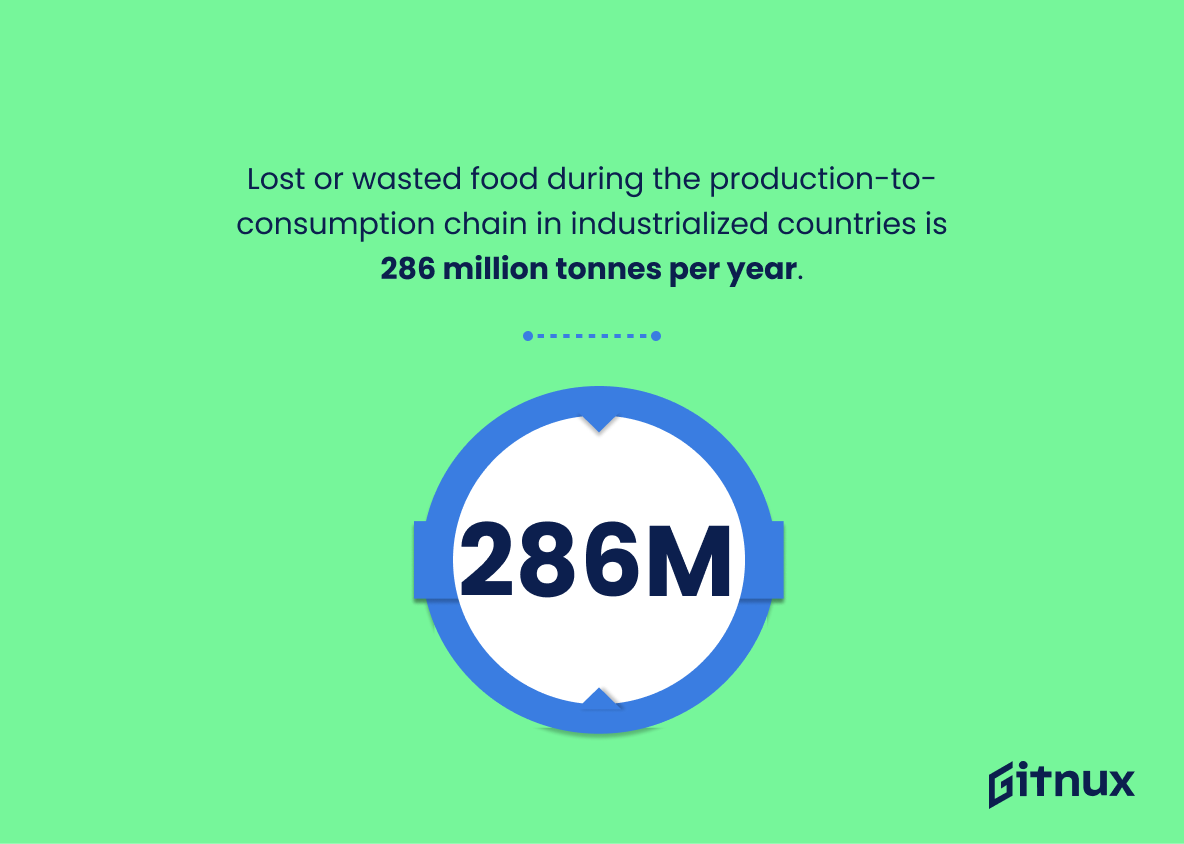Food waste is a global issue that affects us all. Every year, an estimated 1.3 billion tonnes of food produced for human consumption gets lost or wasted around the world – roughly one-third of the total amount produced annually. In the United States alone, it’s estimated that between 30 and 40 percent of our food supply goes to waste each year at a cost of $160 billion dollars in retail and consumer losses annually. The annual global cost associated with this problem is approximately $990 billion.
The environmental impact from this staggering amount of wasted food can be seen in greenhouse gas emissions released into our atmosphere; up to 2/3rds could be avoided if appropriate refrigeration and transportation were used during production-to-consumption chain processes in industrialized countries (286 million tonnes per year). An estimated 1.9 million tonnes are released each year from wasted food just within the UK alone – equivalent to 8% globally. Reducing these figures by 25% by 2030 would result in a 4% reduction in overall greenhouse gas emissions worldwide according to recent studies conducted on climate change mitigation strategies related to reducing food loss and waste levels across nations.
It doesn’t stop there either: 45% fruits & vegetables are thrown away every single day while 20–40 % crop yields on US farms are lost due throwing out burgers equates wasting as much water as taking 90 minute showers. It’s clear we have some work ahead when it comes tackling this growing crisis but understanding where exactly these numbers come from will help us make more informed decisions about how best address them moving forward together as individuals, communities, cities, states & countries alike..
Food Waste Statistics Overview
The annual global cost of food waste is about $990 billion.
This statistic is a stark reminder of the immense financial burden that food waste places on the global economy. It is a staggering amount of money that could be put to better use, and serves as a powerful reminder of the need to reduce food waste.
Each year, 45% of fruits and vegetables are wasted.
This statistic is a stark reminder of the sheer amount of food that is being wasted each year. It highlights the need for us to take action to reduce the amount of fruits and vegetables that are being thrown away, and to ensure that we are making the most of the resources available to us.
An estimated 1.9 million tonnes of CO2e greenhouse gas emissions are released each year from wasted food in the United Kingdom.
The staggering statistic of 1.9 million tonnes of CO2e greenhouse gas emissions released each year from wasted food in the United Kingdom is a stark reminder of the environmental impact of food waste. This figure is a stark reminder of the need to reduce food waste and its associated environmental costs. It is a call to action to reduce the amount of food that is wasted and to ensure that the food that is produced is used in the most efficient way possible.
In the European Union, around 88 million tonnes of food waste are generated annually with associated costs estimated at 143 billion euros.
This statistic is a stark reminder of the immense amount of food waste generated in the European Union each year, with a staggering financial cost to boot. It serves as a powerful reminder of the need to reduce food waste and its associated costs.
American families throw out approximately 25% of the food and beverages they buy.
This statistic is a stark reminder of the amount of food that is being wasted in America. It highlights the need for individuals and families to be more mindful of their food purchases and to take steps to reduce the amount of food that is being thrown away. It also serves as a call to action for policy makers to create initiatives that will help to reduce food waste in the country.
In low-income countries, over 40% of food losses occur during post-harvest and processing.
This statistic is a stark reminder of the immense amount of food that is lost in low-income countries due to inadequate post-harvest and processing practices. It highlights the need for improved infrastructure and technology in these countries to reduce food waste and ensure that more food reaches those who need it.
Up to 2/3 of spoilage can be avoided with appropriate refrigeration and transportation.
This statistic is a powerful reminder of the importance of proper refrigeration and transportation when it comes to reducing food waste. It highlights the fact that with the right measures in place, a significant portion of food spoilage can be prevented. This is an encouraging statistic that should motivate us to take the necessary steps to reduce food waste.
An estimated 20-40% of crop yields on US farms are lost to pests.
This statistic is a stark reminder of the immense amount of food that is lost to pests each year on US farms. It highlights the need for better pest control measures to reduce food waste and ensure that more of the crops grown are able to make it to the dinner table.
Food waste accounts for 8% of global greenhouse gas emissions.
This statistic is a stark reminder of the immense environmental impact of food waste. It highlights the fact that food waste is a major contributor to global greenhouse gas emissions, and that reducing food waste is an essential step in tackling climate change.
Reducing food loss and waste by 25% by 2030 would result in a 4% reduction in greenhouse gas emissions.
This statistic is a powerful reminder of the impact that reducing food loss and waste can have on the environment. By cutting food waste by 25% by 2030, we can make a significant dent in greenhouse gas emissions, reducing them by 4%. This is a clear indication that reducing food waste is an effective way to combat climate change.
Throwing away one burger wastes as much water as a 90-minute shower.
This statistic serves as a powerful reminder of the amount of water that is wasted when a single burger is thrown away. It highlights the sheer volume of water that is used to produce a single burger, and how much of that is wasted when it is not consumed. This statistic is a stark reminder of the importance of reducing food waste and the impact it can have on the environment.
If food waste were a country, it’d be the third largest emitter of greenhouse gases, behind only China and the United States.
This statistic is a stark reminder of the immense environmental impact of food waste. It paints a vivid picture of the scale of the problem, highlighting that food waste is a major contributor to global greenhouse gas emissions, on par with two of the world’s largest economies.
In the United States, more than 20 pounds of food per person is wasted each month.
This statistic is a stark reminder of the amount of food that is being wasted in the United States each month. It highlights the need for more awareness and action to reduce food waste and ensure that food is being used to its fullest potential. It also serves as a reminder of the importance of reducing food waste in order to help those in need and to protect the environment.
The average European consumer generates 173 kg of food waste annually.
This statistic is a stark reminder of the amount of food waste generated by the average European consumer each year. It highlights the need for greater awareness and action to reduce the amount of food waste produced, as it is a major contributor to environmental degradation and loss of resources.
Lost or wasted food during the production-to-consumption chain in industrialized countries is 286 million tonnes per year.
This statistic is a stark reminder of the sheer amount of food that is being lost or wasted in industrialized countries each year. It is a sobering reminder of the need to reduce food waste and to ensure that food is being used to its fullest potential. This statistic is a call to action for individuals, businesses, and governments to take steps to reduce food waste and to ensure that food is being used in the most efficient and effective way possible.
Food waste in restaurants is about 10% of what is served, equating to about $6 billion in losses each year in the United States.
This statistic is a stark reminder of the immense financial losses incurred due to food waste in restaurants in the United States. It highlights the need for restaurants to take steps to reduce their food waste and to be more mindful of their food waste practices. This statistic is also a call to action for consumers to be more conscious of their food waste habits and to take steps to reduce their own food waste.
In the United States, over $160 billion worth of food is wasted by retailers and consumers annually.
This statistic is a stark reminder of the sheer magnitude of food waste in the United States. It is a staggering amount of food that could have been used to feed the hungry, instead of being thrown away. This statistic serves as a call to action to reduce food waste and ensure that no one goes hungry.
Conclusion
The statistics presented in this blog post demonstrate the staggering amount of food that is wasted each year, both globally and within individual countries. This waste has a significant environmental impact, with an estimated 8% of global greenhouse gas emissions coming from food waste alone. It also represents a huge economic cost – $990 billion annually on a global scale and over $160 billion in the United States alone.
These figures highlight how important it is to reduce our levels of food waste if we are to make progress towards achieving sustainable development goals. Reducing losses during production-to-consumption chain by 25%, as well as improving refrigeration and transportation methods could help significantly reduce these numbers. Consumers can also play their part by being mindful about what they buy, eating leftovers or donating surplus foods instead of throwing them away whenever possible.
References
0. – https://www.ec.europa.eu
1. – https://www.nrdc.org
2. – https://www.fao.org
3. – https://www.ourworldindata.org
4. – https://www.onegreenplanet.org
5. – https://www.ensia.com
6. – https://www.cnbc.com
7. – https://www.worldwildlife.org
8. – https://www.usda.gov
9. – https://www.epa.gov
10. – https://www.nature.com
11. – https://www.champions123.org
12. – https://www.wrap.org.uk
